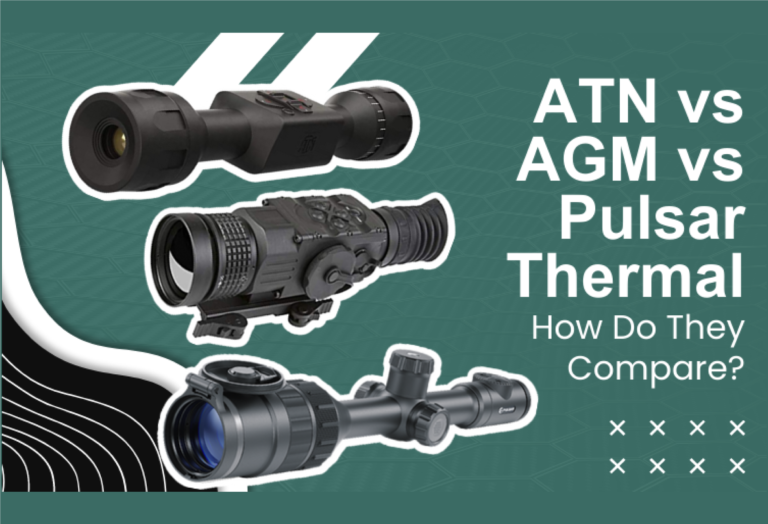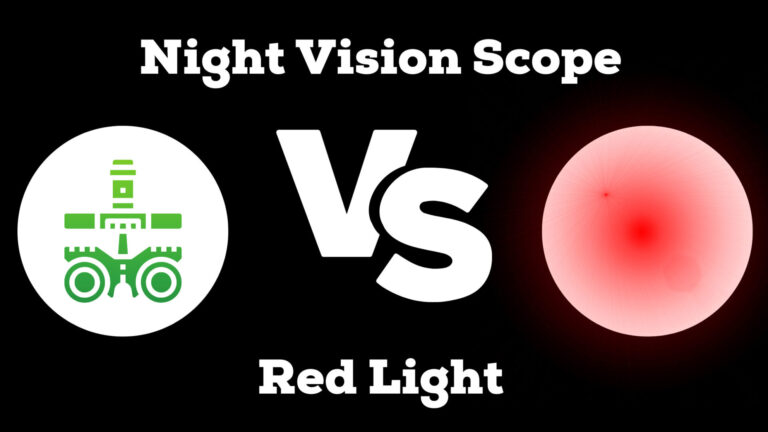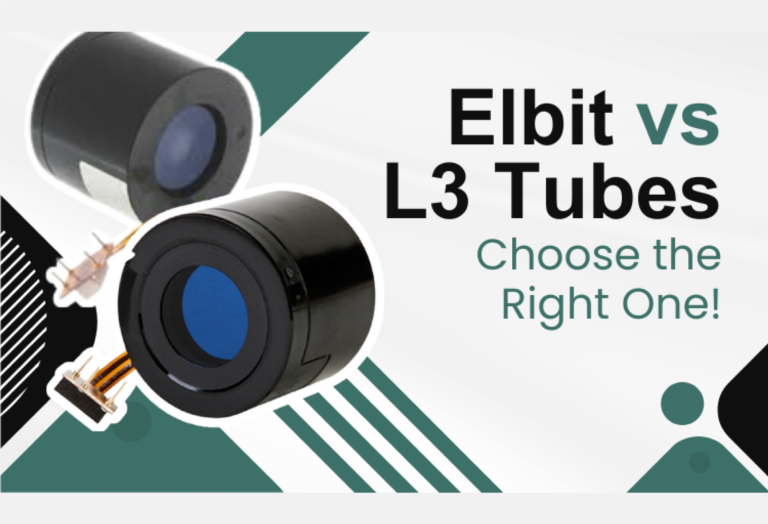Pulsar vs FLIR: A Comprehensive Comparison of Two Top Thermal Imaging Brands for Hunting and Tactical Applications
Pulsar and FLIR are two of the most well-known brands in the thermal imaging industry, each offering a range of products with unique features and benefits. Choosing between Pulsar and FLIR can be a challenging task.
So, here we will discuss everything about Pulsar vs FLIR.
Pulsar offers an image frequency of 50 Hz, whereas FLIR offers a frequency of 30 Hz. Pulsar has a startup time of 4.5s and flir has 10s. Also, Pulsar offers much better variable magnification than the FLIR models. However, when it comes to price, pulsar ranges a bit higher.
Well, there is more for you to know about this matter. By the end of this article, you’ll better understand Pulsar and FLIR and which one might be the better choice for your specific needs.
Pulsar Vs FLIR: Quick Overview
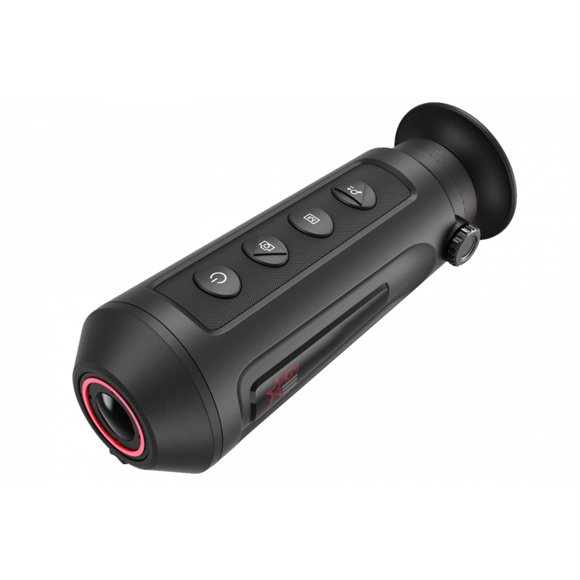
To compare Pulsar vs FLIR thermal monoculars, several factors must be taken into account. These factors will help distinguish the differences between the two.
| Differentiating Factors | FLIR | Pulsar |
| Image frequency | 30 Hz | 50 Hz |
| Startup time | 10 s | 4.5 s |
| Variable magnification | Up to 2x | Up to 8x |
| Image Definition | Good | Excellent |
| Horizontal Display Resolution | 640 pixels | 1024 pixels |
| Vertical Display Resolution | 480 pixels | 768 pixels |
| Detection distance | 90m | 1800m |
| Fully Waterproof | No | Yes |
| Price Range | $500- $2000 | $1000- $3000 |
Pulsar VS FLIR: a Detailed Comparison
In this section, I will discuss each factor in detail. This will provide you with a clearer understanding of both products, allowing you to make a more informed decision and choose the one that best suits your needs.
But do not worry; it is not that complex, like comparing atn vs agm vs pulsar thermal.
See for yourself.
Image Frequency:
Pulsar has an image frequency of 50 Hz, and FLIR has an image frequency of 30 Hz. Image frequency is a crucial factor for any thermal monocular. The higher the frequency, the better it makes it easy to view things that are moving quickly and changing rapidly.
The Pulsar monocular model has a feature called a high refresh rate. It is 50hz, which means it can show images up to 50 times per second. Flir has a refresh rate of 30 Hz, so it definitely lags behind in this sector.
Verdict: With a higher image frequency pulsar is the winner here.
Start-up time:
Your thermal monocular startup time is another factor that should be considered before making a purchase. Longer starting times can be frustrating.
The Pulsar Axion has an extremely fast startup time of only 4.5 seconds. Or just a bit less than 5 seconds. Meanwhile, the FLIR monoculars have a startup time of 10 seconds.
This startup time of the Pulsar models is unbeatable by any other similar device. Additionally, the Steam Vision 2 mobile app is a significant upgrade from the previous SV1 version. And it offers a more reliable connection and nearly flawless performance. The FLIR models still use the SV1 version, hence the delay.
Verdict: Pulsar stays ahead of the competition with its quick startup time.
Variable Magnification:
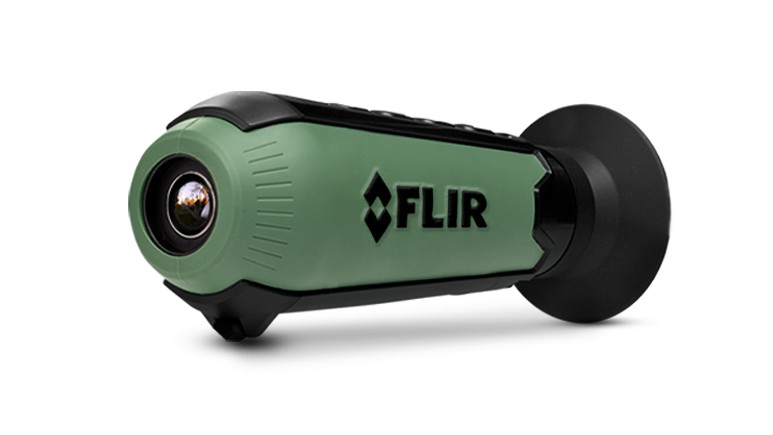
The magnification range of the Pulsar monoculars can range up to 8x.
The Pulsar Axion 2 XQ35 can zoom from 2x to 8x magnification. On the other hand, Flir breach thermal monoculars have a magnification range of up to 2x. That means the minimal magnification is 1x, and the max is 2x.
Comparing Flir breach and I-ray mh25, FLIR stays behind again.
The Pulsar Helion models also have variable magnification, which can go up to 8x depending on the specific model. The magnification feature offers smooth, graduated magnification for a better field of view.
Verdict: With a lower variable magnification, the field view quality of flir remains lacking.
Image Definition:
Pulsar again has a better image definition than Flir.
The Pulsar Helion thermal monocular has a heat sink to prevent the sensor and other electronic parts from overheating, which can cause the image quality to suffer. As a result of the heat sink, the device can also be used for longer periods of time without recalibrating or stopping to cool down.
The FLIR also has a heat sink, but unfortunately, the quality is nowhere near the Pulsar ones. There have been several complaints from users’ reviews.
Verdict: When it comes to image definition, Pulsar monoculars are better than flir.
Detection Distance:
Detection distance is another factor that should be considered when using a thermal monocular. Obviously, if you’re spending money on it, you’ll want a higher detection range so that you’ll have a more satisfying experience.
Some of the Pulsar monoculars have a detection range of up to 1800m. Where the detection range of the FLIR models can go up to 90 meters.
For example, the Pulsar Helion thermal imaging monoculars have the ability to detect heat signatures as large as those from big game animals that are up to 1800 meters away. But this range might vary depending on which model of the monocular you’re using.
Also, if you compare FLIR Scout iii 640 vs Pulsar, you will see a significant difference in their detection range
Pulsar has a Flir scout iii 640
Verdict: In terms of how far the detection range can go, Pulsar is again the winner.
Waterproof:
Most pulsar thermal monocular models happen to be fully waterproof. Whereas the FLIR does not.
The Pulsar Helion Thermal monocular series (all the XP models) is designed with a waterproof protection rating of IPX7. This means that they can perform effectively even in extremely wet conditions.
Such as heavy rain or snowfall, and even if submerged in water up to a depth of 3 feet for up to 30 minutes, according to the IEC 60529 standard.
On the other hand, the FLIR One and FLIR One Pro models are not waterproof, so they should be used with caution in wet environments. If you plan to use FLIR models to observe remarkably hot objects, such as fire or molten metal, be extra cautious.
Verdict: Due to not being waterproof, FLIR stays behind the game.
Pulsar Vs FLIR: Which One Should You Choose?
From the previous discussion, it is clear that both the Pulsar and FLIR models have some significant differences between them.
If you want more advanced features and great-quality thermal pictures and videos, then Pulsar might be a better option. Because it has some high-quality features compared to the FLIR. Pulsar also stands out with its superior detection range
However, when it comes to price, the pulsar monoculars tend to be rather expensive as compared to FLIR. However, this is reasonable when evaluating the value Pulsar monoculars provide.
But ultimately, it totally depends on your personal requirements as well as preferences. Our recommendation would be to carefully consider both options and choose the one that suits your preferences best.
Frequently Asked Questions (FAQs):
Are thermal monoculars able to see through walls?
No, thermal cameras have no capacity to see through walls. The walls are generally dense and insulated to deter any infrared radiation from passing through. Therefore, if you were to aim a thermal camera at a wall, it would only detect heat from the wall itself, not anything behind it.
Can thermal monoculars be used in daylight?
Yes, they can. Thermal imaging cameras have a unique lens that concentrates the heat or infrared energy that objects emit onto a heat-sensitive detector. Since thermal imaging is not impacted by light, it can be used effectively in both bright daylight and total darkness.
What is a thermal monocular used for?
Thermal monoculars are a type of binoculars that utilize infrared technology to enable seeing in the dark. Although mainly designed for hunting and shooting, they can also be useful for various outdoor activities, such as hiking or camping.
Wrapping Up
Hope we have resolved your confusion regarding pulsar vs FLIR.
When it comes to choosing between Pulsar and FLIR, your needs are what matters. Whichever brand you choose, be sure that you’re investing in cutting-edge technology that can enhance your outdoor experiences and improve safety and security.
When choosing between Pulsar and FLIR, it’s important to consider factors such as resolution, refresh rate, magnification, battery life, and software capabilities. Pulsar may be the better choice for those looking for higher magnification, longer battery life, and more advanced software features. FLIR, on the other hand, may be the better choice for those looking for higher resolution and refresh rate, as well as the ability to see through more types of obstructions.
Well, have a fun day!


